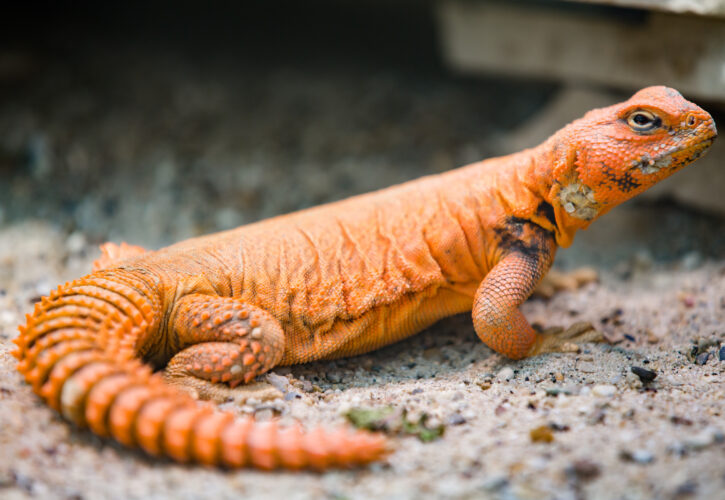What precautions are in place to ensure a safe visit? At Ponderosa Zoo, the safety of our staff, animals and visitors is our top priority. Therefore, we have implemented several safety precautions to maintain a safe environment. These are as follows: Which areas of the zoo will be open? All areas of the zoo haveRead more ⟶

